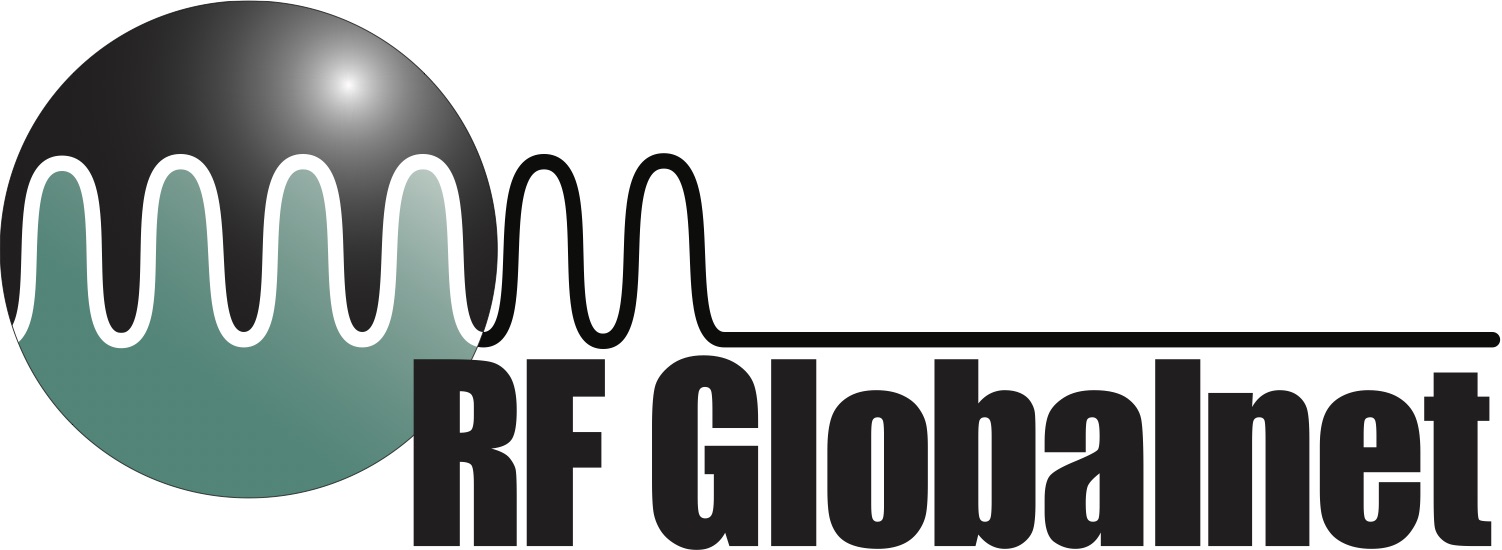
The 5G Summit is a special co-organized event between IEEE ComSoc and MTT Society that will be open to all IEEE, IMS and RFIC attendees for a nominal cost. It consists of a half day of invited talks from industry speakers, as well as an evening panel session. We have strategically planned it to occur on the afternoon of Tuesday, June 4th. It begins immediately following the lunchtime RFIC panel session, so that there is no overlap with the RFIC conference, and the IMS 5G sessions are taking place on Wednesday morning. Any attendee who wants to drink from the 5G fire hose with viewpoints from MTT, RFIC, and ComSoc can register for sessions spanning Sunday through Wednesday.
5G Summit Media Sponsor:
5G Summit Reception Sponsor:
IEEE 5G Summit: Driving the 5G NR enhanced mobile broadband evolution
Polls and Questions: Participate in polls and ask questions using Slido
Speaker: John Smee – VP Engineering, Qualcomm Inc.
Abstract:
We have now officially entered the 5G Era with many commercial networks and devices being launched globally starting in the beginning of 2019. This first phase of 5G NR, based on 3GPP Release 15, primarily focuses on enhancing user experiences for mobile devices such as the smartphones, PCs, and XR. With new 5G NR technology improvements such as massive MIMO and mobile mmWave, we are able to achieve new levels of performance. However, we are just at the beginning of the 5G evolution, and future 5G NR releases will bring even better capabilities and efficiencies for mobile broadband and deliver new designs targeting automotive and industrial applications.
Join this session to see how 5G NR is already enabling new and enhanced mobile experiences today, and learn what the continued 5G NR evolution in Release 16 and beyond will bring for mobile broadband and new applications.
IEEE 5G Summit: Bits to Beams – RF Technology Evolution for 5G mmWave Radios
Polls and Questions: Participate in polls and ask questions using Slido
Speaker: Ahmed Khalil, Director of Design Engineering, ADI
Abstract:
It was only a few years ago that the industry was debating the feasibility of using mmwave spectrum for mobile communications. Much has transpired in short time and the industry has progressed rapidly from initial prototypes to successful field trials and now we are in the midst of the first commercial 5G mmwave deployments. Many of the initial deployments will be for fixed or nomadic wireless applications, but we will also see true mobile connectivity at mmwave frequencies in the not so distant future. The first standards are in place, technology is quickly evolving, and much learning has transpired around the deployment of mmwave systems. While we have made much progress, there remain many challenges ahead for the radio designer to enable mass commercial adoption of these systems. There is still much room for improvement in DC power consumption which in turn drives improvements in size, weight and cost. In this presentation we will consider some of these challenges and the evolution of technologies and radio architectures to address these challenges and enable the future bits to beams mmwave radios.
IEEE 5G Summit: Sub 6GHz 5G mMIMO HMIC The Ultimate Solution To FEM Design Challenges
Polls and Questions: Participate in polls and ask questions using Slido
Speaker: Walter Honcharenko, MACOM
Abstract:
With the ever increasing thirst for more cellular data driven by the IOT, Vehicle to vehicle communication, video on demand, machine to machine applications etc , new 5G mMIMO cellular systems are starting to be rolled out across the world to deliver these data needs. Major design activity is happening at 2.6GHz, 3.6GHz and 4.9Ghz in multiple array sizes from 16, 32, 64 TRx
This talk explores the some of the key design challenges surrounding the front end modules (FEM) that are the main engines for the RF pipes.
We will look at the key system specifications like linearity, efficiency and outline what MACOM is doing to address these challenges.
IEEE 5G Summit: Commercializing 5G mm-WAVE Arrays: Technical and Economic Factors
Polls and Questions: Participate in polls and ask questions using Slido
Speaker: Alastair Upton and Nitin Jain, Anokiwave
Abstract:
5G has arrived. One consequence will be the largest volume of millimeter-wave (mmW) ICs ever produced! A radical use case evolution is happening to make ubiquitous 5G possible by harnessing mmW spectrum to increase data speeds by orders of magnitude. We are now beginning the multi-year rollout of 5G NR that should take us to through the next decade. Anokiwave continues to deliver the technology needed for mmW 5G telecommunication networks with second generation of 5G ICs supporting 3GPP compliance for 5G-NR now available, and our platform of 3rd generation solutions in advanced development. For this market to realize its huge potential, and to develop as promised, OEMs, and RF component suppliers like Anokiwave need to not only address the technical challenges, but also consider the economic factors that will ensure the success of 5G. One example of where these technical and economic factors overlap is at the active antenna air interface, where the link budget determining the user experience and Quality-of-Service is largely determined. Here, the most important factors determining the performance of active antennas – and consequently the radio link – are the observable sensitivity and radiated power. While transmitting enough signal power is critical, it is also essential that it must be developed efficiently. Excessive power dissipation not only results in economic consequences from the obvious increase in operating costs, but also to larger size and weight, reduced reliability, and more restrictions in unit deployment, all resulting in increases in the total cost of ownership. This presentation will discuss these as well as other technical and economic factors related to commercializing 5G mmWave arrays, and what the industry is doing to solve them.
IEEE 5G Summit: Hyperdense Deployments with 5G Millimeter wave
Polls and Questions: Participate in polls and ask questions using Slido
Speaker: Dr. Sidharth Balasubramanian - Director RF engineering
Abstract:
We will discuss opportunity and challenges of deploying 5G Millimeter wave systems in dense traffic areas in-building and outdoor.
IEEE 5G Summit Reception
5G Panel Session: How do we make 5G commercially viable
Polls and Questions: Participate in polls and ask questions using Slido
Speaker: Dr. Sidharth Balasubramanian - Director RF engineering;
Alastair Upton - Chief Strategy Officer, Anokiwave;
Walter Honcharenko - Distinguished Fellow of Technology, MACOM;
Randy Becker - 5G Testbed Program Director, Keysight;
Ahmed Khalil - Director of Design Engineering, ADI.


